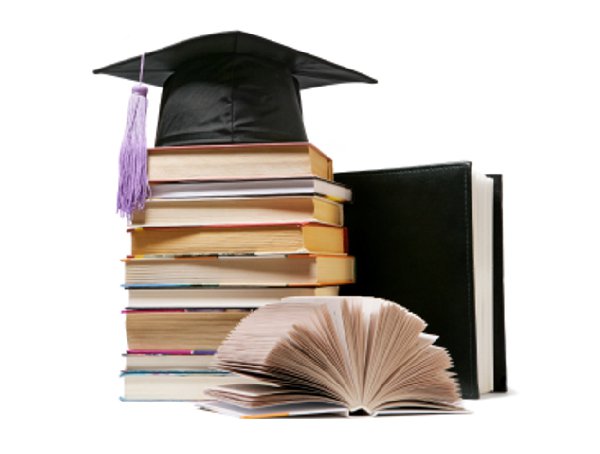Method of digital global soil mapping and creating world soil map- questions to be discussed by young scientists in the frame RUDN Summer school on digital soil mapping
The project features lectures and practical classes held by scientists of the leading universities of the USA (TOP-60 QS), Australia (TOP-50 QS), Netherlands (TOP-150 QS), Italy and professors of RUDN Agrarian-technological Institute.
August 22 -31 RUDN hosts Summer school on digital soil mapping for graduate and postgraduate students of Moscow.The project features lectures and practical classes held by scientists of the leading universities of the USA (TOP-60 QS), Australia (TOP-50 QS), Netherlands (TOP-150 QS), Italy and professors of RUDN Agrarian-technological Institute.
The latest soil map of the world was created in 1985 году. Since then new knowledge and technologies have caused the necessity to create a new map. A special consortium of universities and research institutes is elaborating the map and testing it out different regions. One of the key tasks of the consortium is involving young people in its work.
The summer school is organized by RUDN Agrarian-technological Institute together with V.Dokuchaev Soil Institute with the support of Russian Scientific foundation.
Peoples‘ Friendship University of Russia (RUDN) has been awarded the All-Russian prize “Time for Innovations” for its patented development ‘Digital Pre-University Faculty’, which allows you to study Russian from anywhere in the world.
The aaniversary medal to the 100th anniversary of V.F. Stanis is awarded to RUDN current and ex-employees and students for: significant contribution to the university development; long-standing commitment to maintaining ties with the university; fruitful cooperation of Russian and foreign organizations, scientists and public figures with the university.
RUDN University employees’ work and contribution to the development of the university cannot go unappreciated. The Ministry of Science and Higher Education of Russia recognizes talented university employees and present them with various departmental and state awards.
